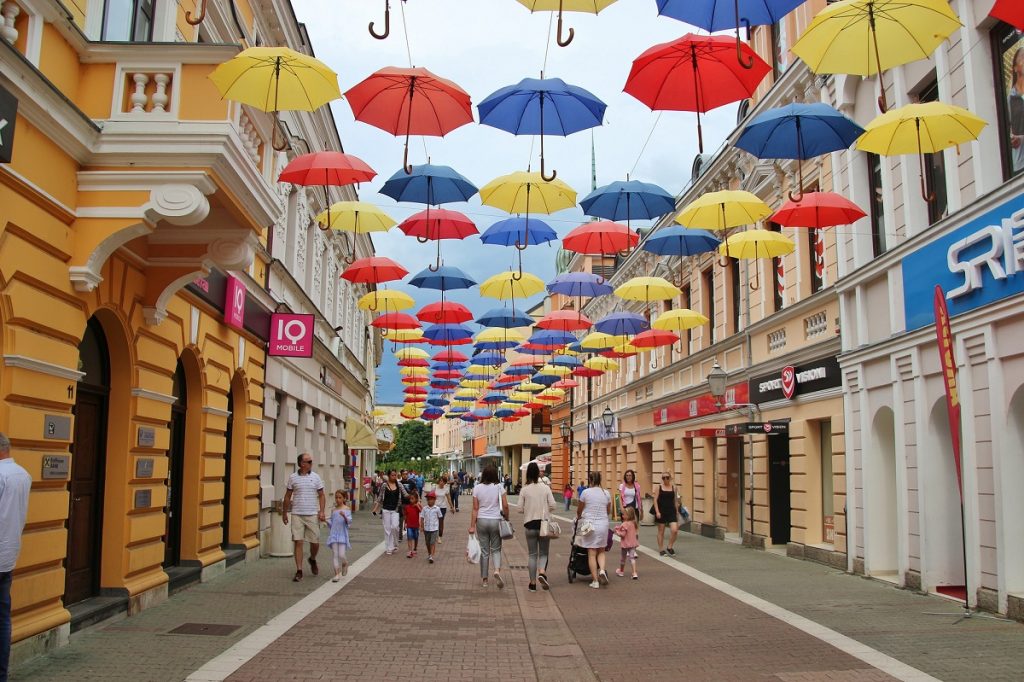Hutovski Grad, also known as Hutovo Fortress in professional literature, is a national monument located in the municipality of Neum.
It is situated on a narrow road from Hutovo to Neum, at the foot of Mount Žaba, west on a hill in Hutovo. It is strategically positioned at the top of a pass.
The Great Road or Salt Road from Ston used to pass through it, which still has a saltworks today. It was also traversed by Queen Katarina of Bosnia (daughter of Duke Stjepan Kosača and wife of King Stjepan Tomaš Kotromanić) in 1463 when she had to leave Bosnia and go into exile in Ston and later Rome to escape the Turks.
Sometimes it is also referred to as Hadžibeg’s Castle, in memory of the last ruler of this city, Hadžibeg Rizvanbegović, but this name is incorrect.
Ancient Roman City
The city dates back to Roman times. Scientists assume that there may have been a Roman watchtower here during the Roman era, overseeing the road through Hutovo. It likely served some minor function during the Middle Ages as a small tower at the same location.
It gained importance during the Venetian-Ottoman wars and served as an important trading post during peacetime.
According to tradition, the construction of Hutovo Fortress is connected to the Venetians. After the Ottomans captured the city, the fortified castle was further strengthened. Hadži-beg thoroughly renovated and expanded it. He added some residential buildings in the form of towers and established a dungeon at the base of the northwest tower.
The Ottomans equipped it with three cannons and stationed a military garrison of 70 soldiers there. The last ruler of Hutovo was Hadžibeg Rizvanbegović, the brother of Ali-aga Rizvanbegović. Hadžibeg died in their internal war in 1832 (some sources claim 1830). In the same year, the Hutovo Captaincy was abolished.
With Hadžibeg’s death, the fortress lost its significance, but the Ottomans continued to maintain a garrison there. The fortress stood during the entire Herzegovinian uprising against Ottoman rule in 1875. At that time, the insurgents heavily damaged and set it on fire.
After the outbreak of the uprising, the Ottoman army occupied the fortress, and soon after, the rebel attacks on it began. The rebels were led by Don Ivan Musić, and during one of the attacks, fire was set, causing everything made of wood to burn. The city was abandoned during the uprising.
The National Museum of Bosnia and Herzegovina in Sarajevo started the restoration of this site in 1969, and Hutovo Fortress was proposed for inclusion as a national monument in Bosnia and Herzegovina. The decision was made by the Commission to Preserve National Monuments of Bosnia and Herzegovina at a meeting held from May 4th to 10th, 2004, designating Hutovo Fortress in Hutovo as a national monument.

